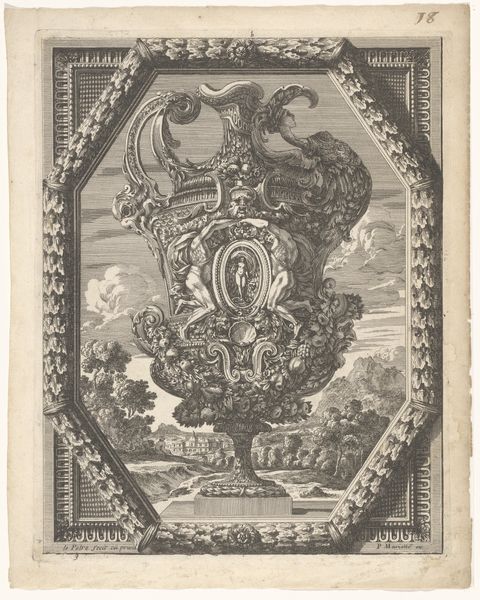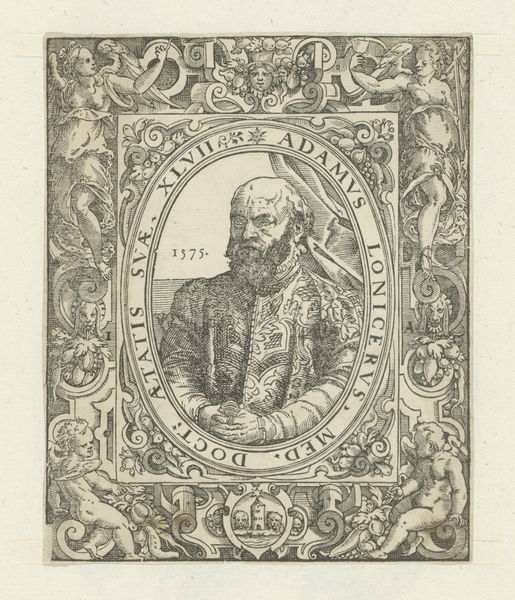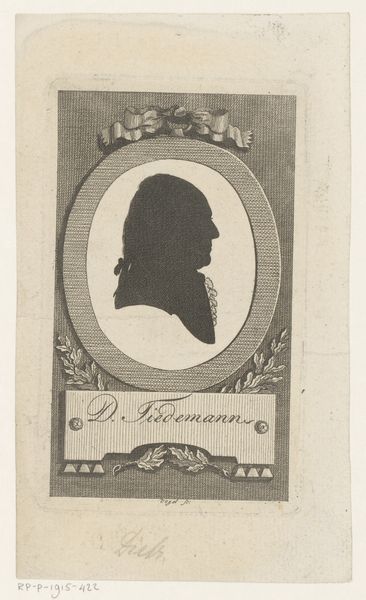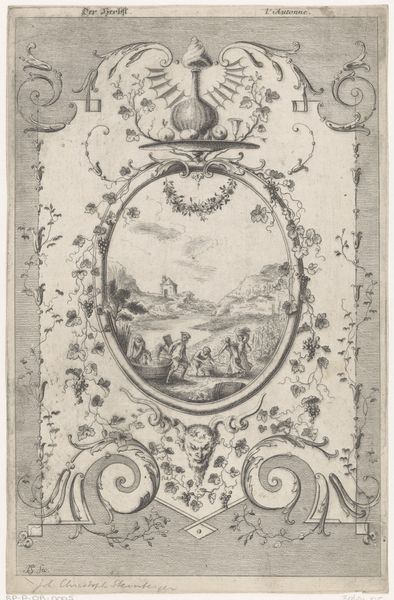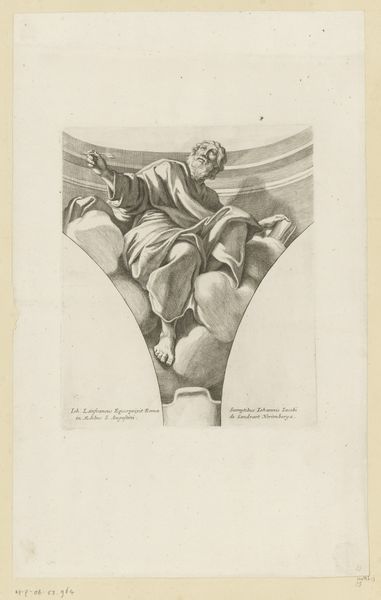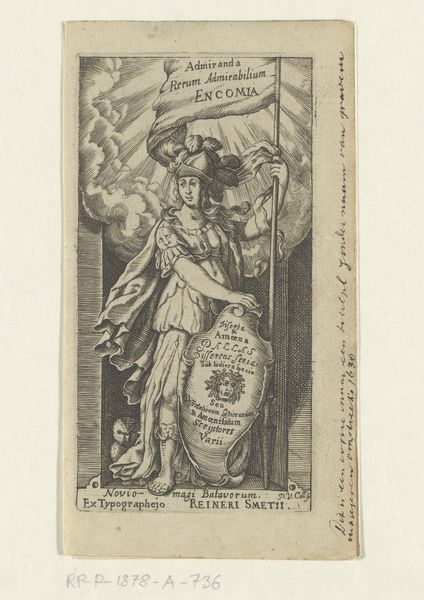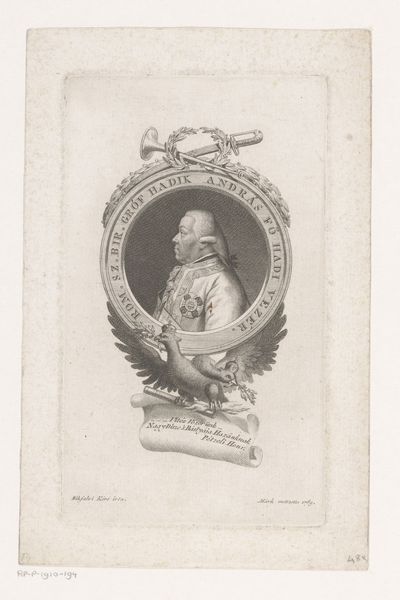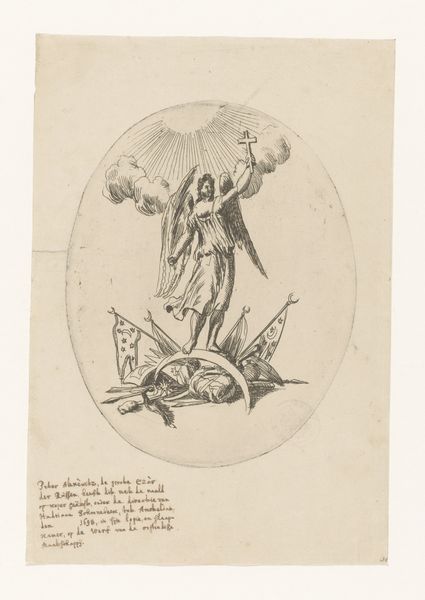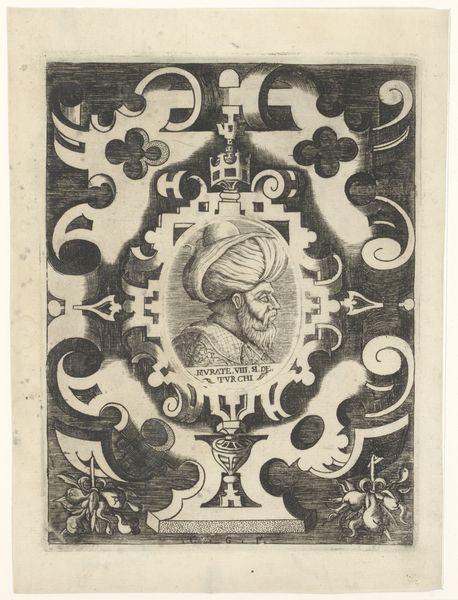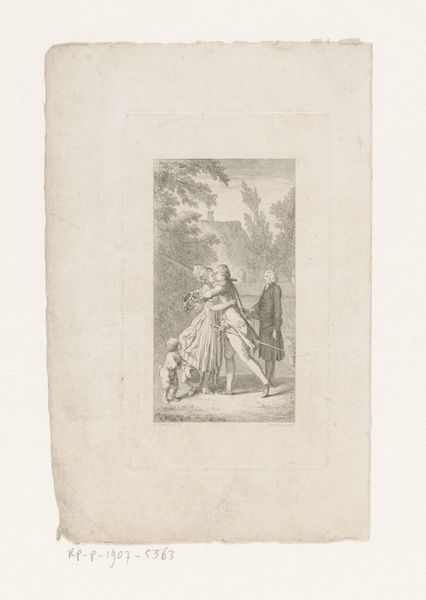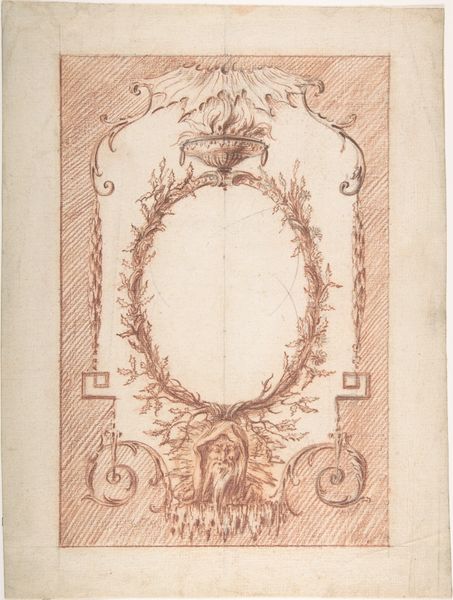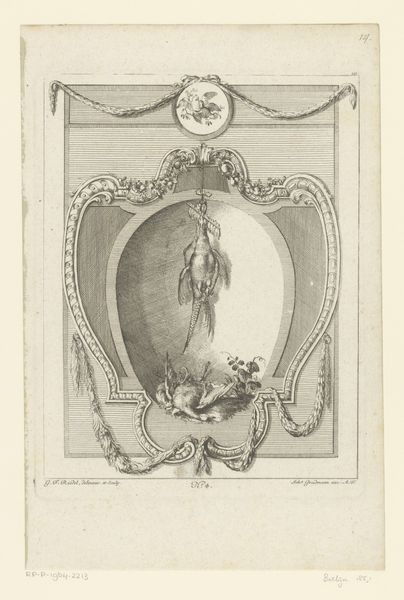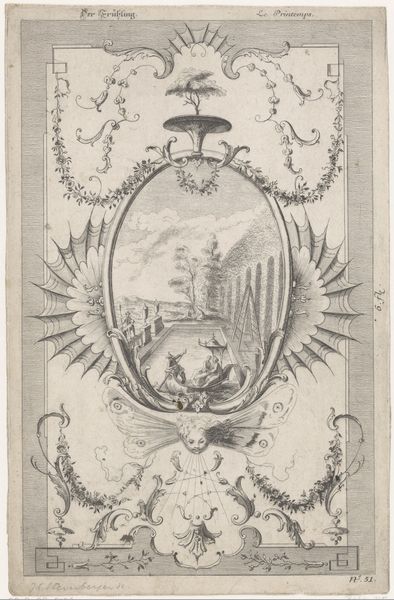
Admiral, Brazil, from the Naval Flags series (N17) for Allen & Ginter Cigarettes Brands 1886 - 1891
0:00
0:00
Dimensions: Sheet: 2 3/4 x 1 1/2 in. (7 x 3.8 cm)
Copyright: Public Domain
Curator: Here we have “Admiral, Brazil, from the Naval Flags series (N17) for Allen & Ginter Cigarettes Brands,” created sometime between 1886 and 1891. It’s currently held at the Metropolitan Museum of Art. Editor: Hmm, interesting little piece. A bit... theatrical? The way the portrait sits beneath that almost cartoonish rendering of the Brazilian flag – feels like a stage set for a history play, shrunk down to fit in your pocket. Curator: Well, it was literally meant to fit in your pocket. These were trading cards included in packs of Allen & Ginter cigarettes. Editor: Cigarette cards, ah yes. So, beyond being miniature billboards for tobacco, what materials are we looking at here? Is that chromolithography, perhaps? The colors are so vibrant and clean. And the paper stock looks quite specific. Curator: Exactly, a keen eye for detail. This employs print and drawing, resulting in watercolour illustration and ukiyo-e style imagery. It's a blend, typical of mass-produced ephemera trying to appear upscale. Editor: Which reveals the real craft, doesn't it? The artistry isn’t just in the pretty picture, but in the entire *process*. The lithographer, the printers, the folks who sourced that particular cardstock. A whole machinery of making and selling desires… fascinating. Curator: Desires neatly packaged. What do you make of the admiral himself, gazing upward with such... earnestness? Editor: Trapped within this ornamental frame he looks pretty stuffy. All beard and medals, lost in thought or longing. He knows he is the emblem of manufactured desire and capitalist ambition. He might as well stare upward toward the heavenlies because any power he believes he possesses is entirely symbolic. Curator: A far cry from the gritty realities of naval life! Perhaps it’s a little escapism packaged with nicotine, or maybe some naive art, wrapped in smoke? Either way it represents some form of artistic creativity to look deeper at themes within that era of our society. Editor: Maybe both, they went hand-in-hand then and even still. A small monument to manufactured needs and long-lost desires.
Comments
No comments
Be the first to comment and join the conversation on the ultimate creative platform.
